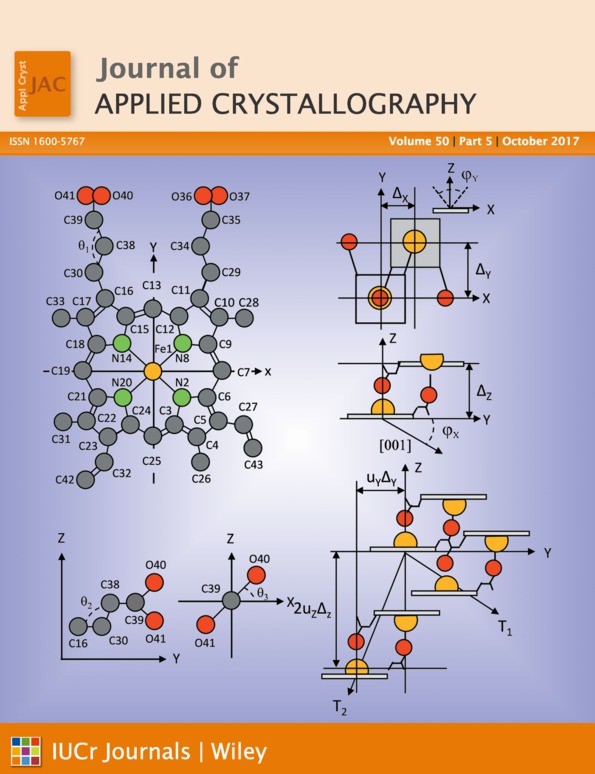X-ray diffraction study on a (111)-textured palladium thin film under hydrogen loading and unloading: film structure evolution and its mechanism
Abstract
The incorporation of hydrogen normally results in degradation when applied to metals. In this diffraction study, however, improvement of the film structure, such as in-plane grain growth, lattice defect removal and texture enhancement, was observed in a (111)-textured palladium thin film during hydrogen loading and unloading cycles. Accordingly, diffraction stress analysis was performed to investigate the evolution mechanism. It was found that the formation of the β phase during the α-to-β phase transformation occurred at the same in-plane stress present in the α phase, and vice versa. This suggests that the cyclic α–β grain boundary motion during the transformation occurred mainly along the in-plane direction, contributing to the film structure evolution.




